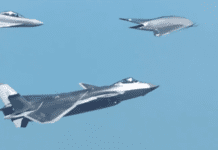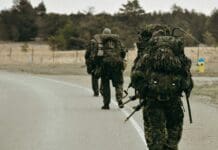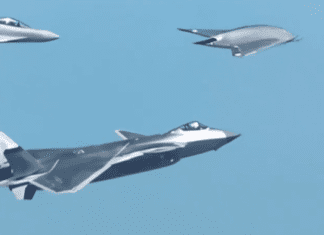This post is also available in:
 עברית (Hebrew)
עברית (Hebrew)
The live training environment will be replaced with virtuals. The US Army wishes to trade the decades-old Multiple Integrated Laser Engagement System, or MILES, for an advanced simulation technology to provide more realistic force-on-force training.
The MILES first version featured small, wearable laser sensors that emitted a shrill, beeping alarm when hit by another soldier’s weapon laser, mounted on the end of M16 rifles and other small arms.
The current Instrumentable-Multiple Integrated Laser Engagement System, or I-MILES, is designed to work on everything from M4A1 carbines to M1 Abrams tanks and Bradley fighting vehicles.
Prepared to dive into the world of futuristic technology? Attend INNOTECH 2022, the international convention and exhibition for cyber, HLS and innovation at Expo, Tel Aviv, on November 2nd – 3rd
Interested in sponsoring / a display booth at the 2022 INNOTECH exhibition? Click here for details!
While this was a revolutionary step in training soldiers how to execute direct-fire contact against a living enemy, as weapons capability evolved the Army needed a new concept.
STE is designed to converge the virtual, constructive and gaming training environments into a single Synthetic Training Environment for Active and Reserve Components as well as civilians. Its mission is to provide training services to ground, dismounted and aerial platforms and command post points-of-need.
According to military.com, while STE is a priority, Army senior leaders have directed the training simulation community to develop more effective sims for direct-fire, force-on-force training. The accelerated effort will focus on identifying, testing and fielding new direct-fire simulation technology for units to use in small-unit training at home station, all the way up to rotations at the combat training centers, said Maj. Gen. Maria Gervais, director of the STE Cross Functional Team. “What does accelerate mean? We are trying to do this within the next two to five years,” she said.


























